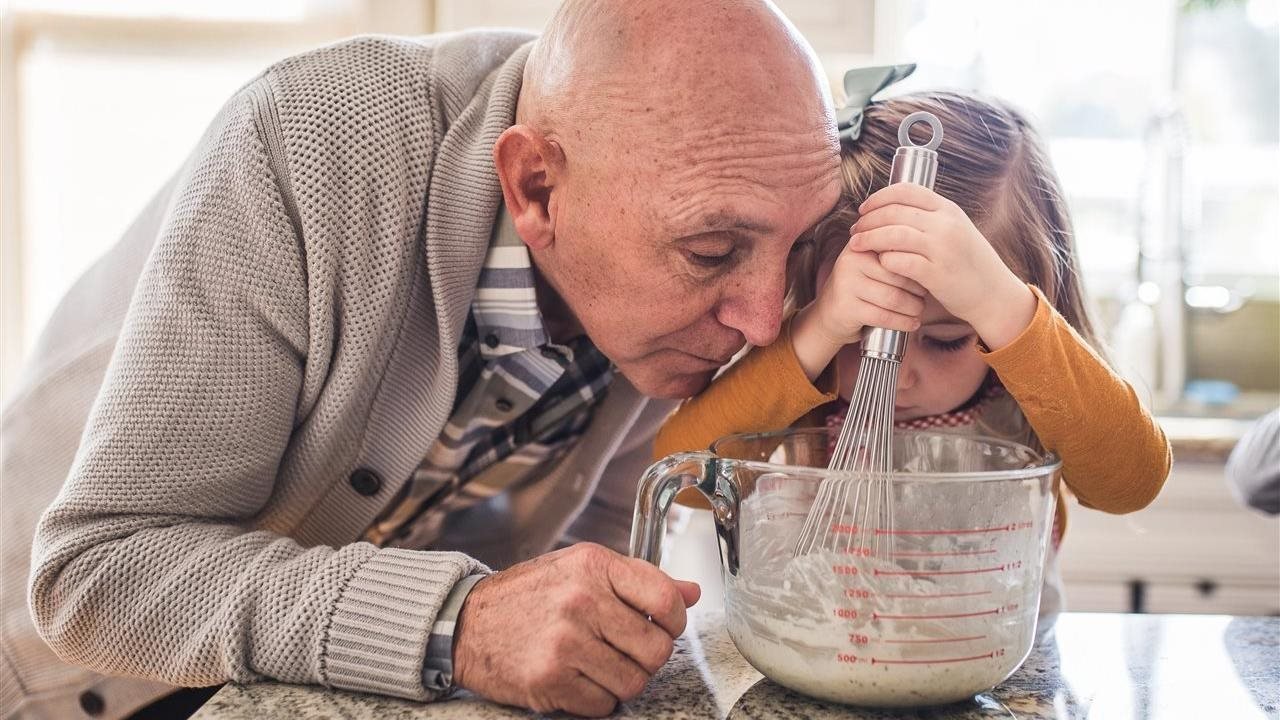For many of us, particularly as we get older, preparing and cooking food are activities we’ve done for so long that they’ve become automatic. Today, however, food growth, processing, packaging, and distribution takes place far away from the tables where we eat, so we need to pay more careful attention than ever to our food preparation, cooking, and storage habits.
Fortunately, there are many simple steps and precautions we can take to minimize health risks from food, and maximize our safety. Here are a few tips you can put into practice today:
Wipe down unopened cans, bottles, and jars just before opening them. The longer that food has been sitting on a store shelf or other storage area, the greater the chance it’s been exposed to:
- animals
- bugs
- dust
- chemicals
- grime
Wiping the package prevents potentially harmful substances from touching and mixing with the food as you open the package.
Separate raw animal products from food items that won’t be cooked. Use separate cutting boards and utensils for animal products (red meat, poultry, fowl, fish, eggs) and vegetables. Wash your hands, the utensils, and cutting board with hot, soapy water immediately after contact with raw meat products. Bacteria settle and grow quickly, especially in porous materials like wood and plastic.
Cook foods thoroughly at the proper temperatures. Proper temperatures include:
- 165°F for poultry, lunch meat, and hot dogs
- 160°F for ground meat and for eggs
- 145°F for slab meat and seafood.
To get the most accurate reading from a food thermometer, place it in the thickest part of the food being cooked. Reheated gravies, sauces, soups, and marinades should be brought to a boil for maximum safety.
Chill foods at the proper temperatures and in the right order. In general, food should be refrigerated within two hours of purchase, or one hour if the outside temperature is above 90°F, to prevent the growth of bacteria. Refrigerators should be kept at 40°F, and freezers at 0°F or lower. To reduce the risk of contamination from drippings, use the following placement for refrigerated foods:
- Top shelf: fruits, vegetables, and dairy products
- Middle shelf: raw fish
- Bottom shelf: raw meat and poultry
Wear practical clothing near open flames and hot grease. When cooking on a gas stove or near any open flame, avoid wearing clothes with loose, flowing sleeves, ruffles, or ties. Also watch out for long hair; it’s best to keep in up in a ponytail, braid, or bun, and away from the stove and food. If you’re cooking anything with fat or grease, make sure that your skin is covered, in order to avoid burns in case the grease spatters while hot.
Don’t leave actively cooking food unattended. Leaving cooking food unattended can mean walking away from the kitchen, getting lost in a book, surfing the Internet, watching a movie or TV show, engaging in a conversation, or participating in any activity that takes your attention away from your cooking task. Pay attention, and set a timer, even if you don’t think you need one. Lastly, remember to turn off the stove burners and oven when you’re done using them.
Being able to prepare, cook, and store food safely can play a big part in living independently at home.
Source: Go4Life, The National Institute on Aging at the National Institutes on Health. “Food Safety When Cooking.” Retrieved from https://go4life.nia.nih.gov/tip-sheets/food-safety-when-cooking
by Margalo Eden

